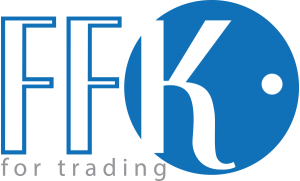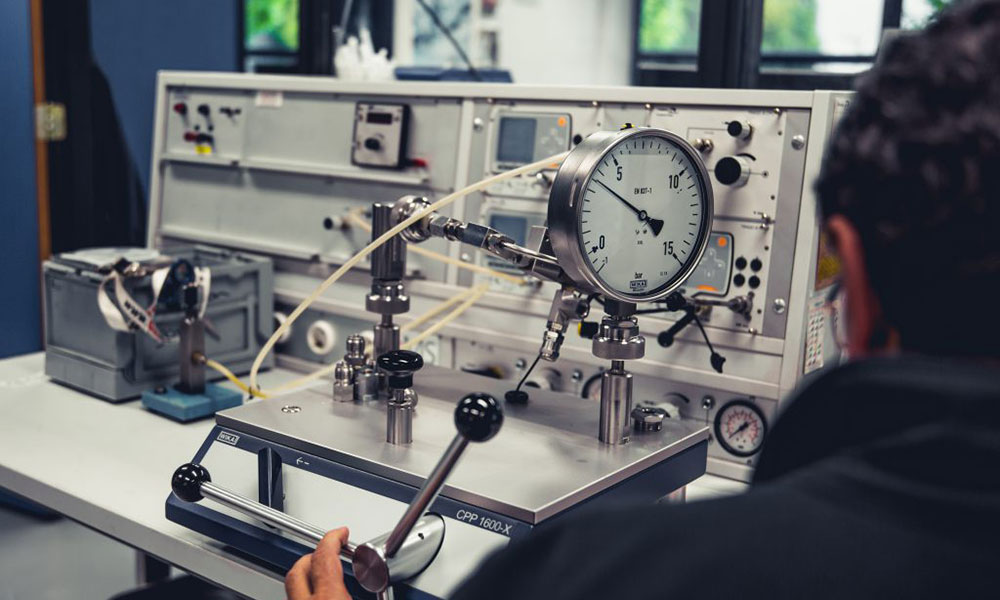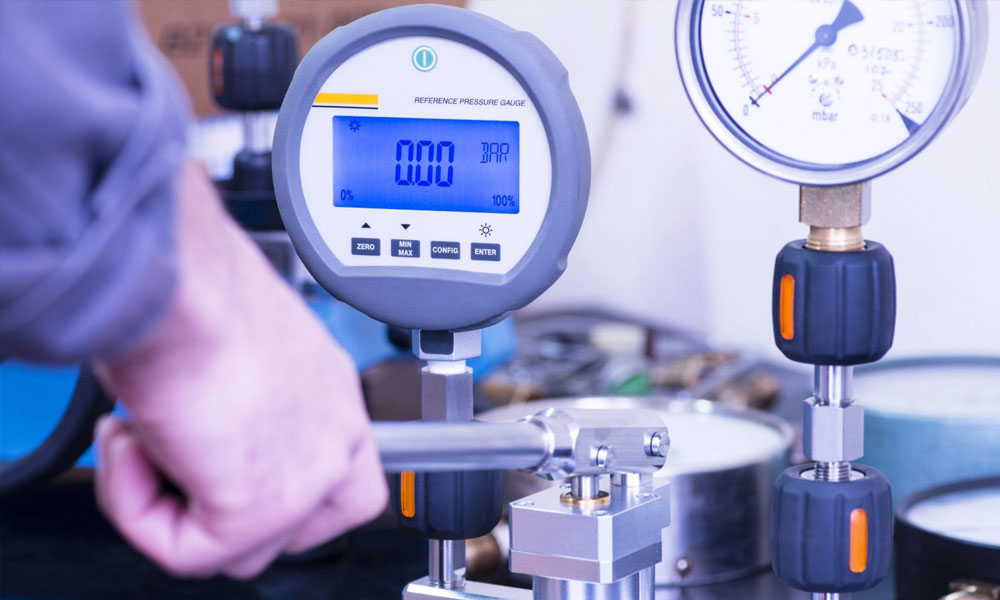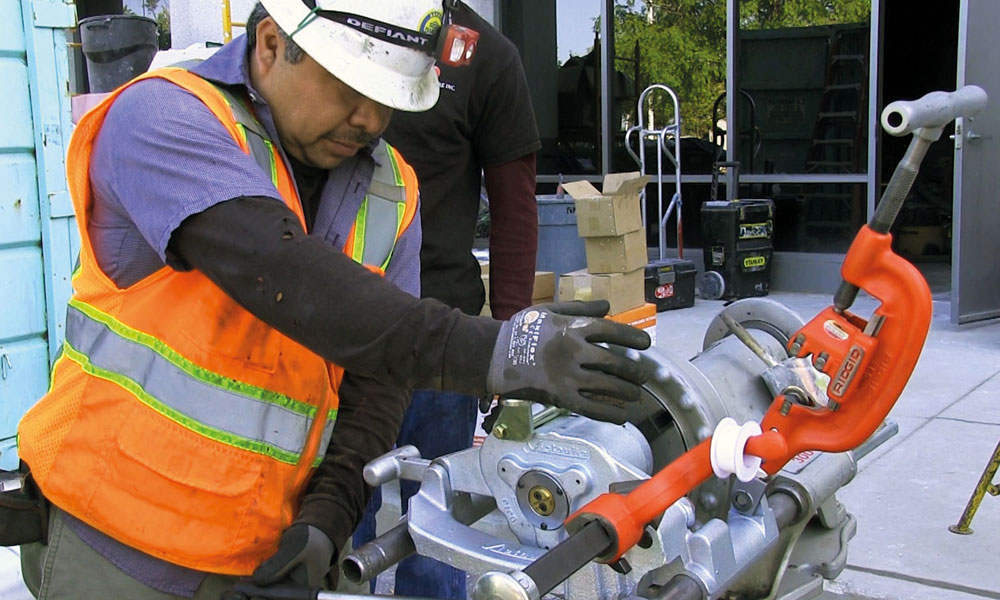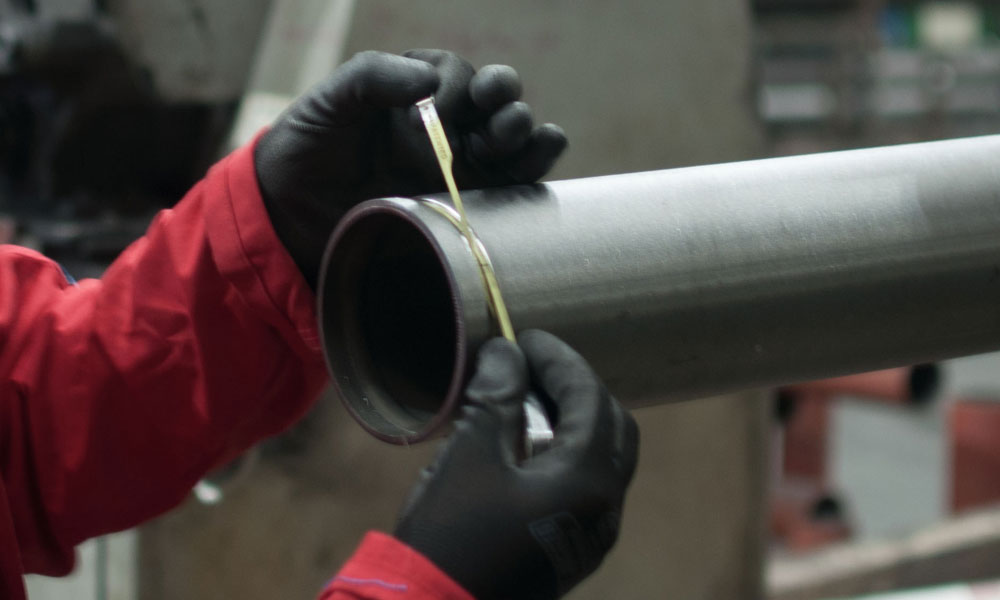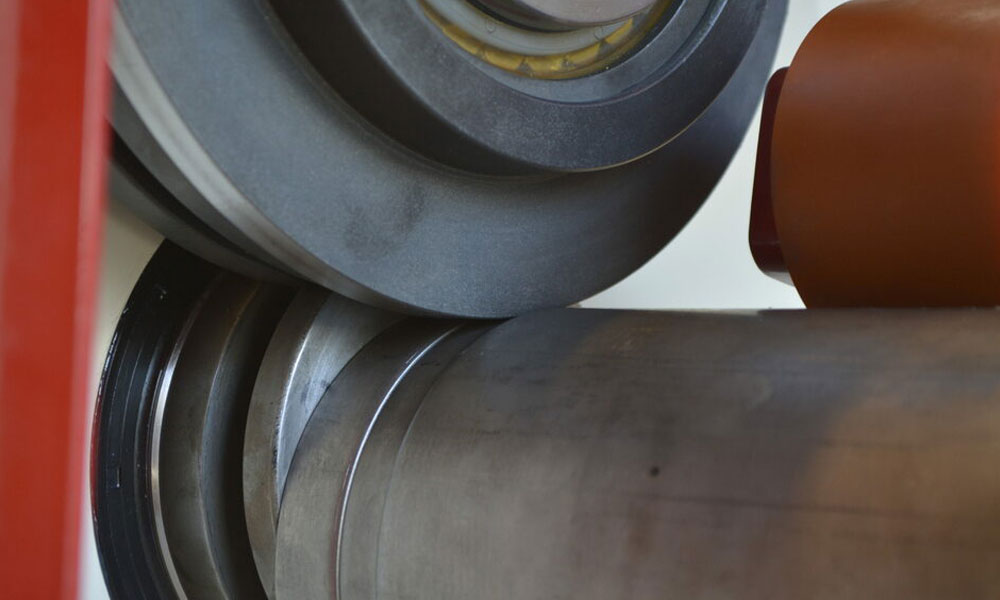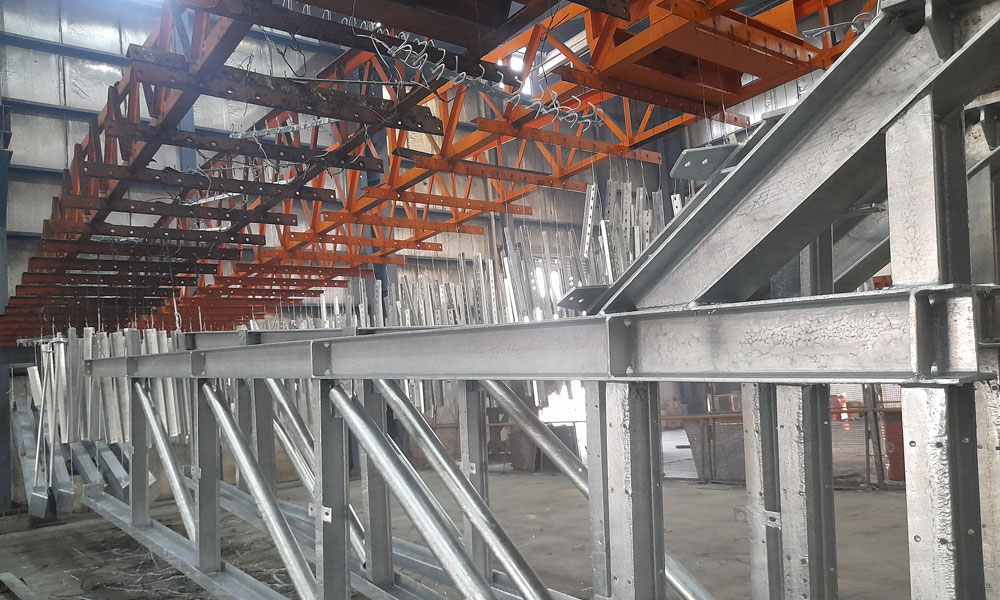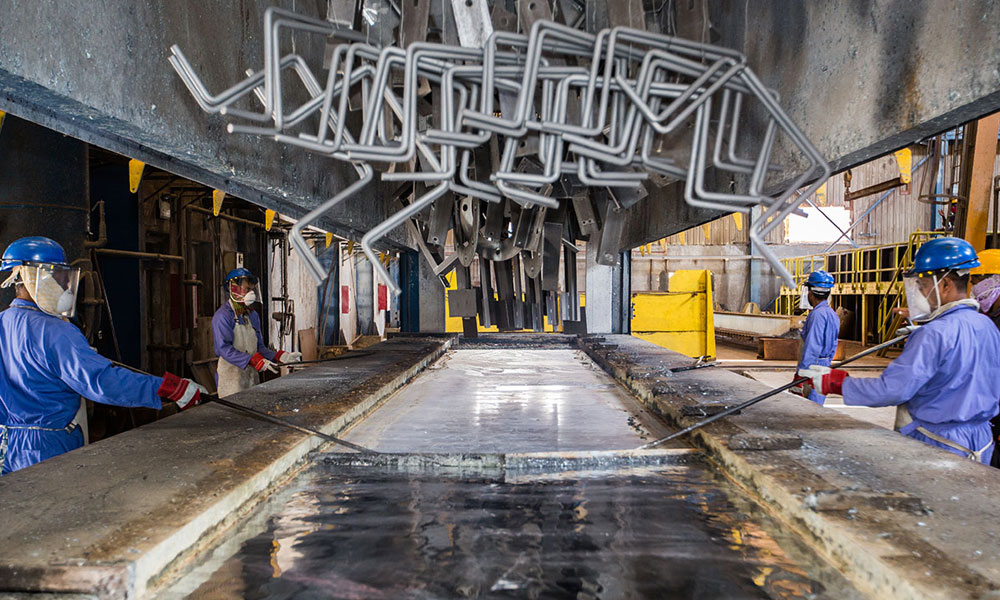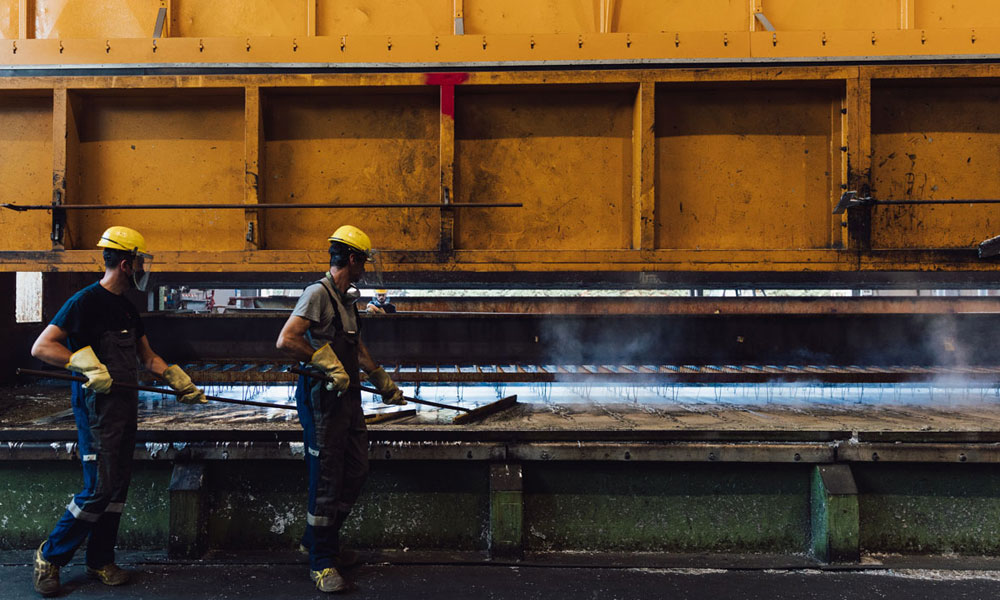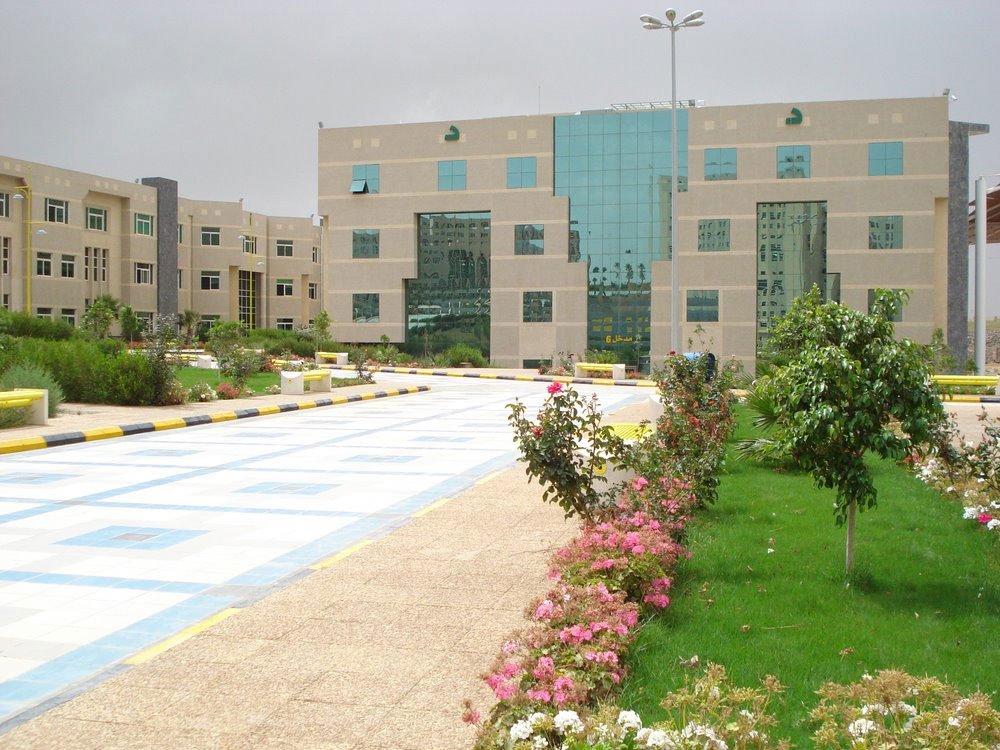Services
Customer satisfaction is our number one priority
Calibration Services
Gauge Calibration – When is it needed?
In some industries, best practices call for gauge calibration at least once a year. Instruments used in pharmaceutical, biotechnology, medical, and food processes may need to be calibrated more often to ensure proper quality control of the product. Many manufacturers determine a specific gauge calibration schedule at fixed intervals or after a certain number of operating hours for each particular type of instrument.
The Fawaz Fatih Kayali Company offers full calibration services for measuring instruments produced mainly by WIKA but may include other brands and manufacturers. In-house experts can help you determine optimal gauge calibration cycles for your particular application and minimize disruptions, down times, and costs. To minimize problems and get the best performance from your measuring instruments, entrust their calibration to a professional and certified service. Contact our head office today and ask about our calibration services.
Pipe and Fitting Services
The Fawaz Fatih Kayali Company offer an array of pipe and fitting manipulations for our costumers’ convivence. For instance, our state of the art groove roller machine can manipulate the welded ends of pipes and fittings into the international standard Groove pattern from sizes ranging from 2 inch diameter pipes/fittings to 24 inch diameter pipes/fittings. In addition, our pipe threading machine can trench NPT/BSPT inlet threading for pipes and fittings ranging from ¼ inch sizes up to 4 inch sizes. Other sizes can be applicable upon request.
Galvanization Services
The Fawaz Fatih Kayali Company also offers Galvanization services for pipes and fittings. The firm has a dedicated team of engineers who work with a number of galvanizing plants to ensure our products are galvanized by using the renowned Hot-Dip Galvanization process. For smaller pipes and fittings, the Electro-Magnetic Galvanization will be in use to insure precise galvanization.
Though the process may vary slightly from plant to plant, the fundamental steps in the galvanizing process are:
Soil & grease removal – A hot alkaline solution removes dirt, oil, grease, shop oil, and soluble markings. Pickling – Dilute solutions of either hydrochloric or sulfuric acid remove surface rust and mill scale to provide a chemically clean metallic surface.
Fluxing – Steel is immersed in liquid flux (usually a zinc ammonium chloride solution) to remove oxides and to prevent oxidation prior to dipping into the molten zinc bath. In the dry galvanizing process, the item is separately dipped in a liquid flux bath, removed, allowed to dry, and then galvanized. In the wet galvanizing process, the flux floats atop the molten zinc and the item passes through the flux immediately prior to galvanizing.
Galvanizing – The article is immersed in a bath of molten zinc at between 815-850 F (435-455 C). During galvanizing, the zinc metallurgically bonds to the steel, creating a series of highly abrasion-resistant zinc-iron alloy layers, commonly topped by a layer of impact-resistant pure zinc.
Finishing – After the steel is withdrawn from the galvanizing bath, excess zinc is removed by draining, vibrating or – for small items – centrifuging. The galvanized item is then air-cooled or quenched in liquid.
Inspection – Coating-thickness and surface-condition inspections complete the process. The galvanizing process has existed for more than 250 years and has been a mainstay of North American industry since the 1890s.
Trusted Partners
Well known and respected leading manufacturers of advanced plumbing, heating and engineering products in the world. It’s a reputation earned through a total dedication to quality, innovation and customer service.
Get A Quote Today
Our team members are on-hand to help everyday, fill in the form below and we will contact you shortly
